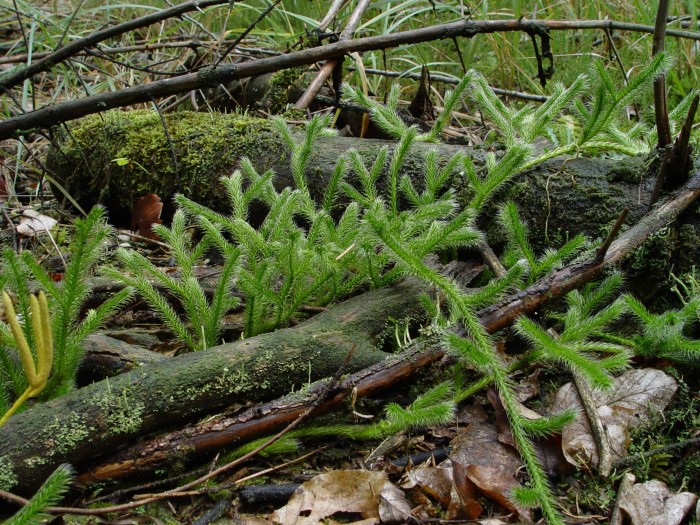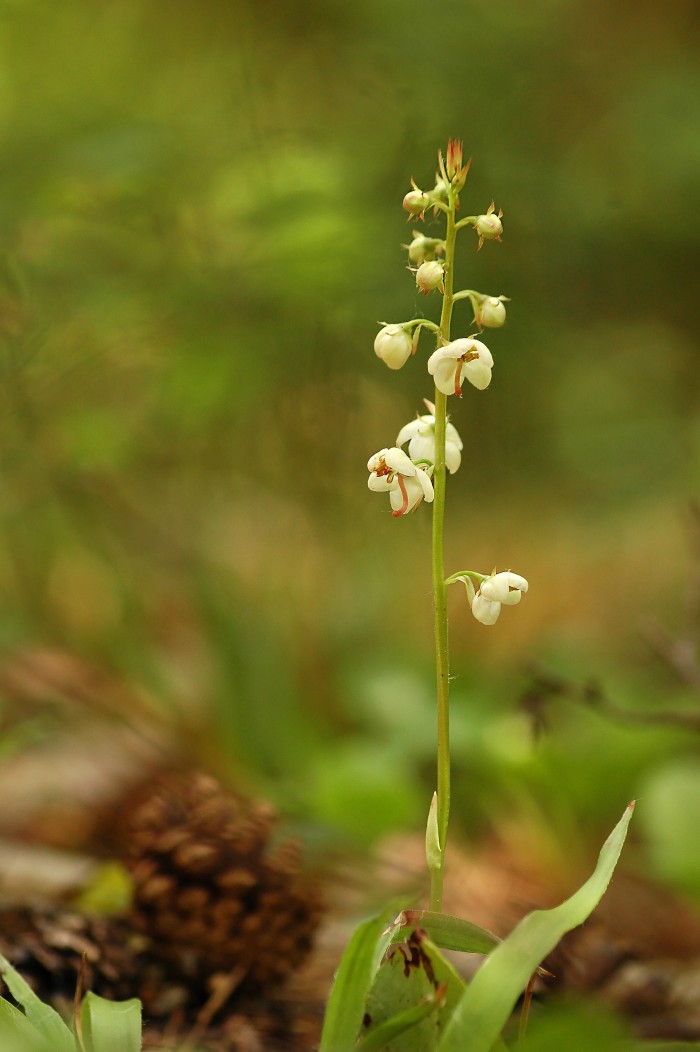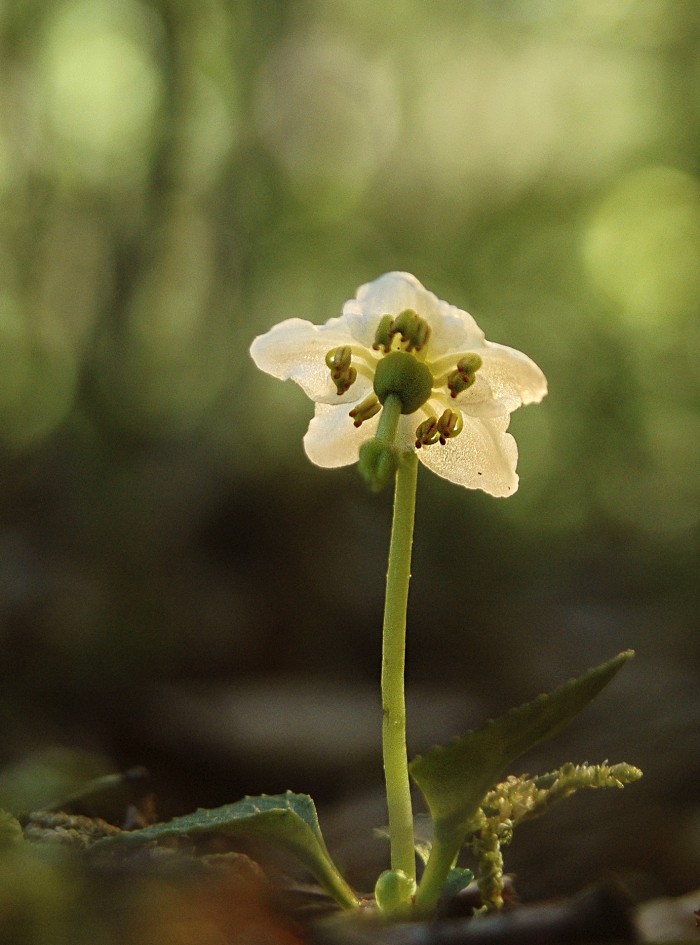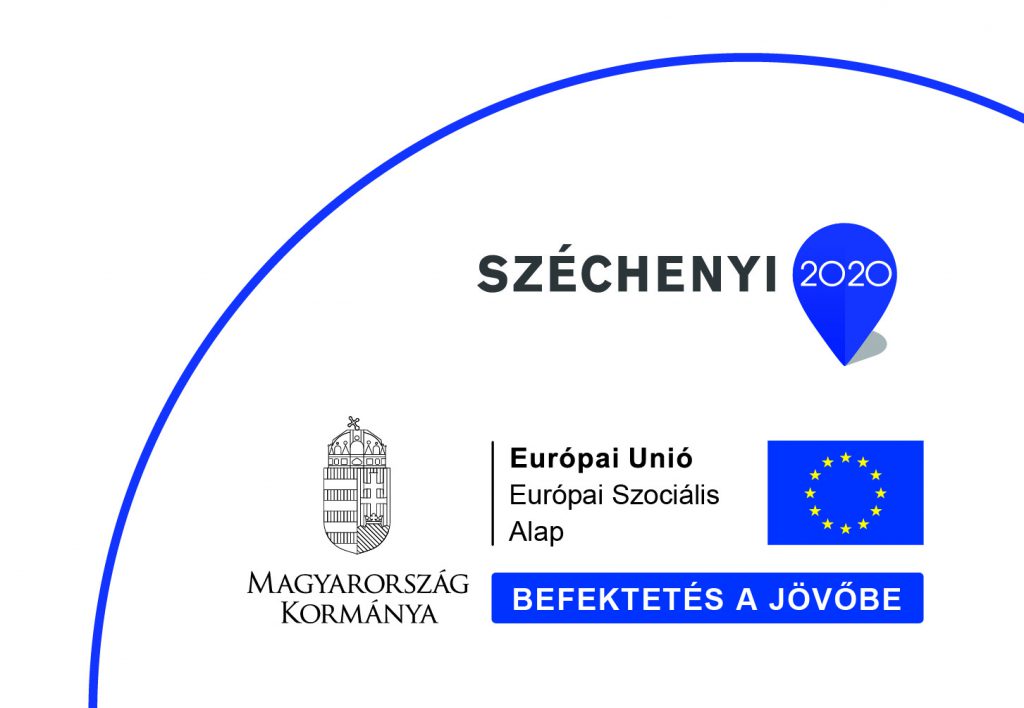A korpafüvek a sekély és savanyú talajú mészkerülő lombelegyes erdei fenyvesek jellemző fajai. Elterjedésüket nagyban segítette az erdők egykori, alomszedéssel , avargereblyézéssel , legeltetéssel való hasznosítása, hiszen a tápanyagszegény , nyílt felszíneken könnyen megtelepedtek. Jelenlegi állományaik jórészt utak mentén és szántók helyén létesített erdei fenyvesekben találhatók .
Őriszentpéter sekély talajú erdőszélein a kapcsos korpafű egyedeivel találkozhatunk néhol. A korpafű elnevezést feltehetően sárga színű, finom spóraporáról kapta, melyet a népi gyógyászatban sebhintőporként alkalmaztak az Őrség területén is. A nagy lánggal, füst nélkül elégő port a tűzijátékok készítésénél is használták. Az egykori használati módok a népi elnevezésekben is megmutatkoznak: jódpor, boszorkányliszt.

The common clubmosses are typical species in calciphobous mixed coniterous and deciduous woodlands with sour, shallow soil. Their spread was greatly helped by some former ways of using woodlands, such as the gathering and rakíng of forest litter and straw, and grazing, because this plant could easily „ settle” on nutrient-deficient open surfaces. The present stands can mainly be found along roads and paths and in pinewoods planted on one-time tarmlands.
On the shallow soiled edges of woodlands around Őriszentpéter we can sometimes see indiovidual clubmosses (Hungarian name: „ bran grass”). The Hungarian name can probably be attributed to the plant’s fine yellow spore powder which was used in folk medicine as a wound powder also in the Őrség region. Burning with big flames without developing smoke, this powder was also used for making fireworks. One-time ways of use are also reflected in some common names, such as iodine powder, witch flour.

A korpafüvekhez hasonlóan a védett körtike fajok is elsősorban a mészkerülő, lombelegyes erdei fenyvesekben találják meg életfeltételeiket. Fényigényes fajok, a nyíltabb állományrészeket és az erdőszegélyeket részesítik előnyben. Korábbi széleskörű elterjedtségüket szintén a régi korok gazdálkodási gyakorlatának köszönhették. Ma azonban a lombos fafajok előretörésével a tápanyagban feldúsuló, fényben szegényebb állományokból kiszorulnak a körtikék. A kereklevelű körtike fényes, sötétzöld, kerekded levelei könnyen megkülönböztethetők a jóval ritkább kis körtike nagyobb, kissé „gyűröttnek” ható leveleitől. A bókoló gyöngyvirágos körtike kifejezetten ritka. Levelei hosszúkás-lándzsásak, leginkább a szilvafa levelére hasonlítanak, míg nevéhez hűen, lehajló virágzata a gyöngyvirágra emlékeztető. Az egyvirágú kiskörtike ugyancsak rendkívül ritka, apró levelei közt növő szárán rendszerint csak egyetlen virágot hoz.

Just like the common clubmosses, the protected wintergreen species also find their appropriate living spaces mainly in the calciphobous mixed broadleaved and pine forests. These species need much light and thus they prefer more open areas and forest edges. Their former wide spread could also be attributed to the farmland and woodland management practices of old times. However, today, with the broadleaved tree species occupying larger areas, the wintergreen species are being pushed out of forests that have a soil richer in nutrients and a lower light intensity. The round-leaved wintergreen has bright, dark green round leaves that can easily be distinguished from the larger and a bit „crumpled” looking leaves of the much rarer small wintergreen. The one-sided wintergreen is decidedly rare. lts leaves are long and spear shaped and very similar to the leaves of a plum tree, while the flowers, as the Hungarian name suggests, are bending down and resemble the lily-of-the-valley. The one-flowered small wintergreen is also extremely rare, and the stem growing among the tiny leaves normally bears only a single flower.









